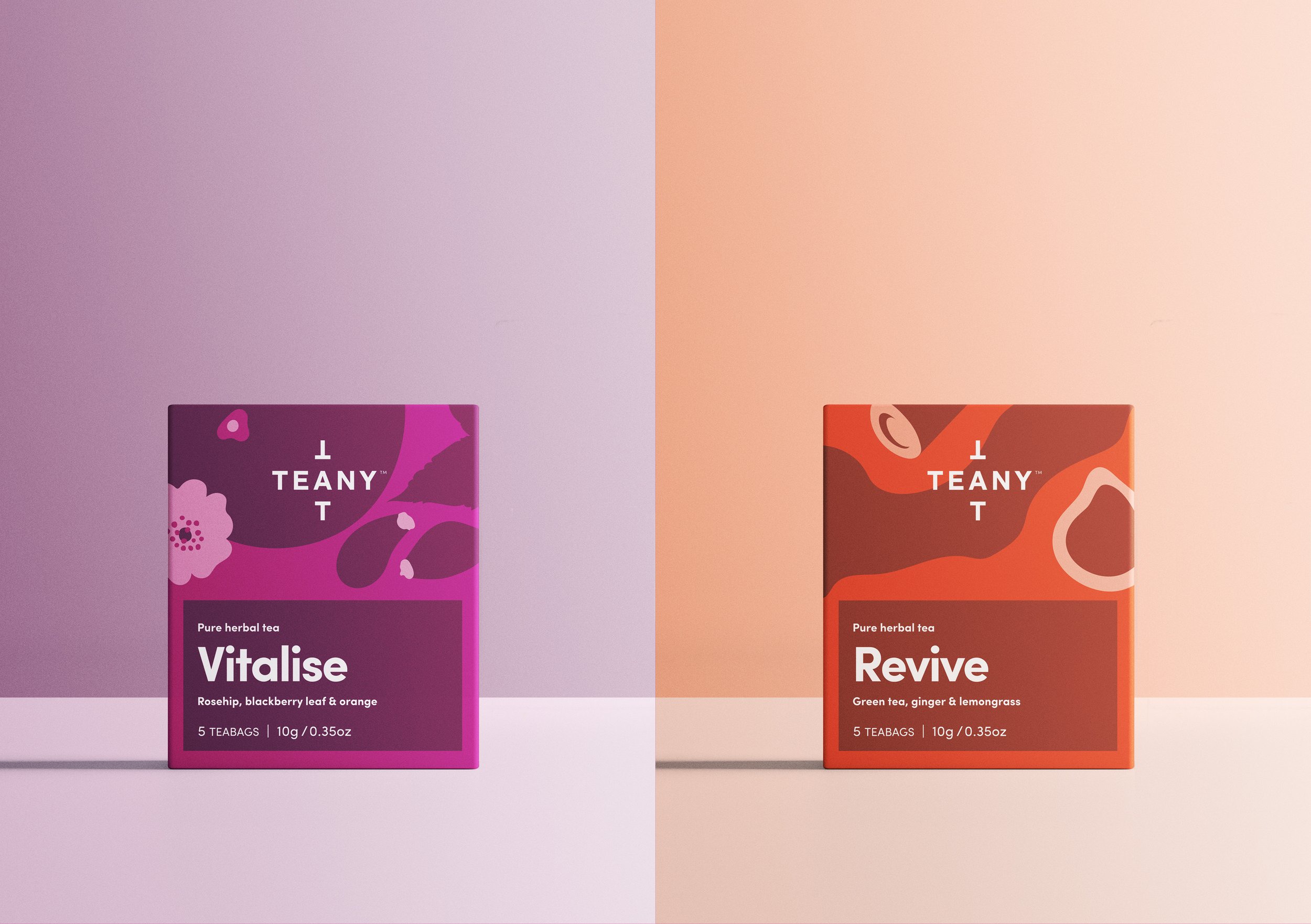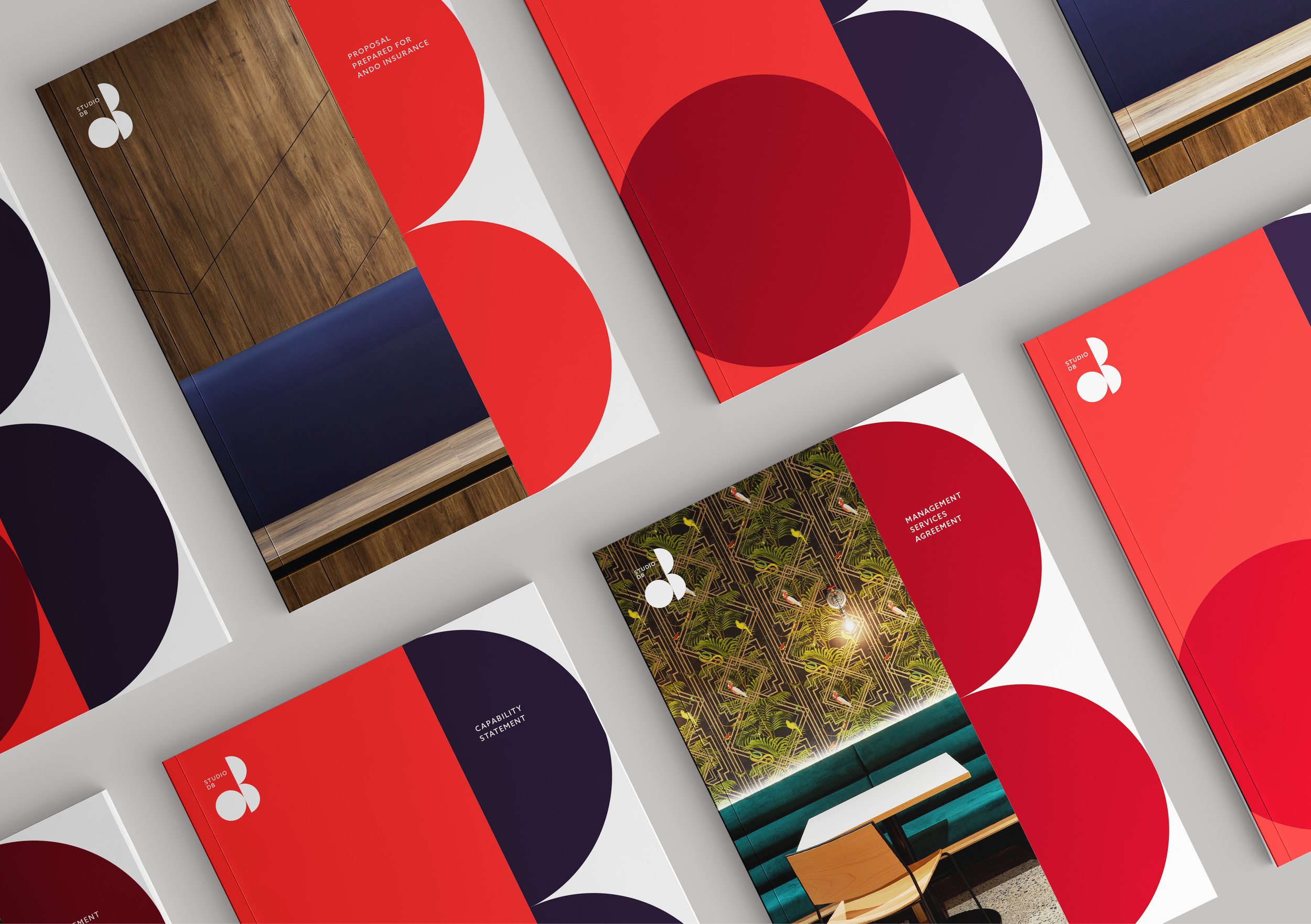Capability
Creative and ideation
Being a creative isn’t the exclusive domain of designers. Creativity has a role to play throughout the whole branding process. All of us use creativity to turn issues inside out, to position, to develop ideas, to enhance features and to come up with smart solutions.






